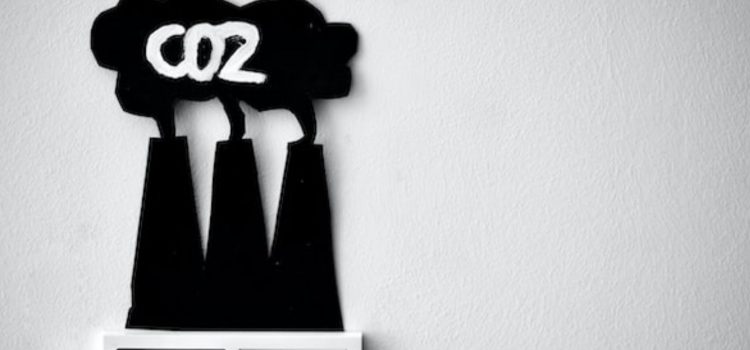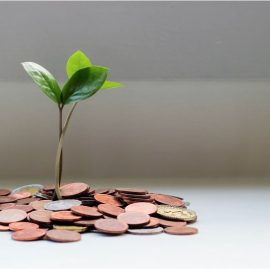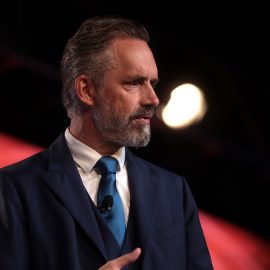

This article is an excerpt from the Shortform book guide to "Numbers Don't Lie" by Vaclav Smil. Shortform has the world's best summaries and analyses of books you should be reading.
Like this article? Sign up for a free trial here.
Is it possible to lower CO2 emissions to a safe level? How long do we have left until climate change is irreversible?
Carbon reduction is one of the major challenges of the 21st century. According to Vaclav Smil, the author of Numbers Don’t Lie, the prospects of succeeding at this endeavor are not currently looking bright.
Here’s why significantly curbing carbon emissions is nearly impossible, according to Smil.
The Hard Truth About Carbon Reduction
To put the challenge of carbon reduction into perspective, Smil provides the numbers for the amount of carbon we emit through the use of fossil fuels. At the beginning of the 19th century, global carbon emissions were relatively low at around 10 million tons a year. By the end of the century, that number was over half a billion tons. And by 2000, global carbon emissions were over seven billion tons a year. To put it another way, from 1800 to 2000 carbon emissions grew 650-fold while the global population only grew sixfold.
(Shortform note: In Thank You For Being Late, Thomas Friedman provides historical context on the climate change crisis. He argues that global emissions have increased so dramatically, that we’re creating a new epoch: the Anthropocene, a period in which the Earth can’t keep up with the changes humans are causing to the planet. Starting with the Industrial Revolution, the Earth began heating up rapidly due to increased greenhouse gas emissions. In the 1960s and 1970s, as more people gained access to cars, planes, and single-family homes, this heating sped up even further.)
Even as governments and other organizations have started to implement large-scale efforts to curb carbon emissions, global emissions continue to grow, writes Smil. By 2017, emissions had declined in Europe and the United States, but those declines were offset by China, which contributed three billion tons of carbon emissions.
More recently, China’s increase in carbon emissions has slowed, but emissions in India and Africa are expected to continue growing, making any substantial decreases in overall global emissions unlikely. Even if we meet the targets set forth by the Paris Agreement of 2015, an international committee dedicated to reducing carbon emissions, carbon emissions would still be about 50% greater than their 2017 levels.
If we are to avoid environmental disaster, scientists estimate we need to keep global temperatures from increasing more than 1.5 degrees Celsius. According to a 2018 study, the only way to do this is to get to zero net emissions by 2050. Smil claims reaching zero emissions by 2050 will take an unprecedented global effort on a massive scale.
| Additional Temperature Forecasts Many climate scientists believe that meeting the goal of the Paris Climate Agreement is unlikely and provide additional evidence to prove that: The main target of the Paris Agreement is to keep the global temperature rise under two degrees Celsius, preferably under 1.5. A 2017 study found that the chances that global temperatures will rise more than two degrees Celsius this century are around 95%, with a less than 1% chance they rise less than 1.5 degrees. The most likely scenario is that global temperatures will rise between two and 4.9 degrees Celsius by 2100. The main factors contributing to this increase are population growth and carbon intensity, or the measure of carbon dioxide emitted per unit of gross domestic product. If we wish to keep global temperatures down, we must drastically reduce carbon intensity. The same research team released another study in 2021, this time looking to determine exactly by how much we need to reduce carbon emissions to keep global temperatures steady. They found that we need emission reductions about 80% greater than the Paris Climate Agreement proposed: Instead of 1% annual reductions in carbon emissions, we’ll need about 1.8%. |

———End of Preview———
Like what you just read? Read the rest of the world's best book summary and analysis of Vaclav Smil's "Numbers Don't Lie" at Shortform.
Here's what you'll find in our full Numbers Don't Lie summary:
- How you can understand the world by understanding numbers and statistics
- Why the infant mortality rate is a better indicator of standard of living than GDP per capita
- Why nuclear energy is not the answer to sustainability






